When I arrived in Lefkes, it honestly felt like I’d wandered into a different world—so far from the busy beaches of Paros, Greece. The village sits quietly up in the mountains, where narrow stone streets snake past whitewashed homes and bursts of flowers in pots.
Lefkes gives you a peaceful escape, revealing the traditional side of the island that a lot of travelers don’t even know exists.
As I wandered through Lefkes, I quickly realized why people call it the heart of Paros. Pine trees shade the main square, local life hums gently, and the mix of old Cycladic and neoclassical buildings made Greek history and culture feel alive.
Every turn seemed to show me something new—tiny cafés, family shops, and views that stretched all the way to the sea.
Exploring Lefkes stuck with me long after I left. If you’re searching for authentic experiences and a slower pace in Greece, this mountain village really deserves a spot on your itinerary.
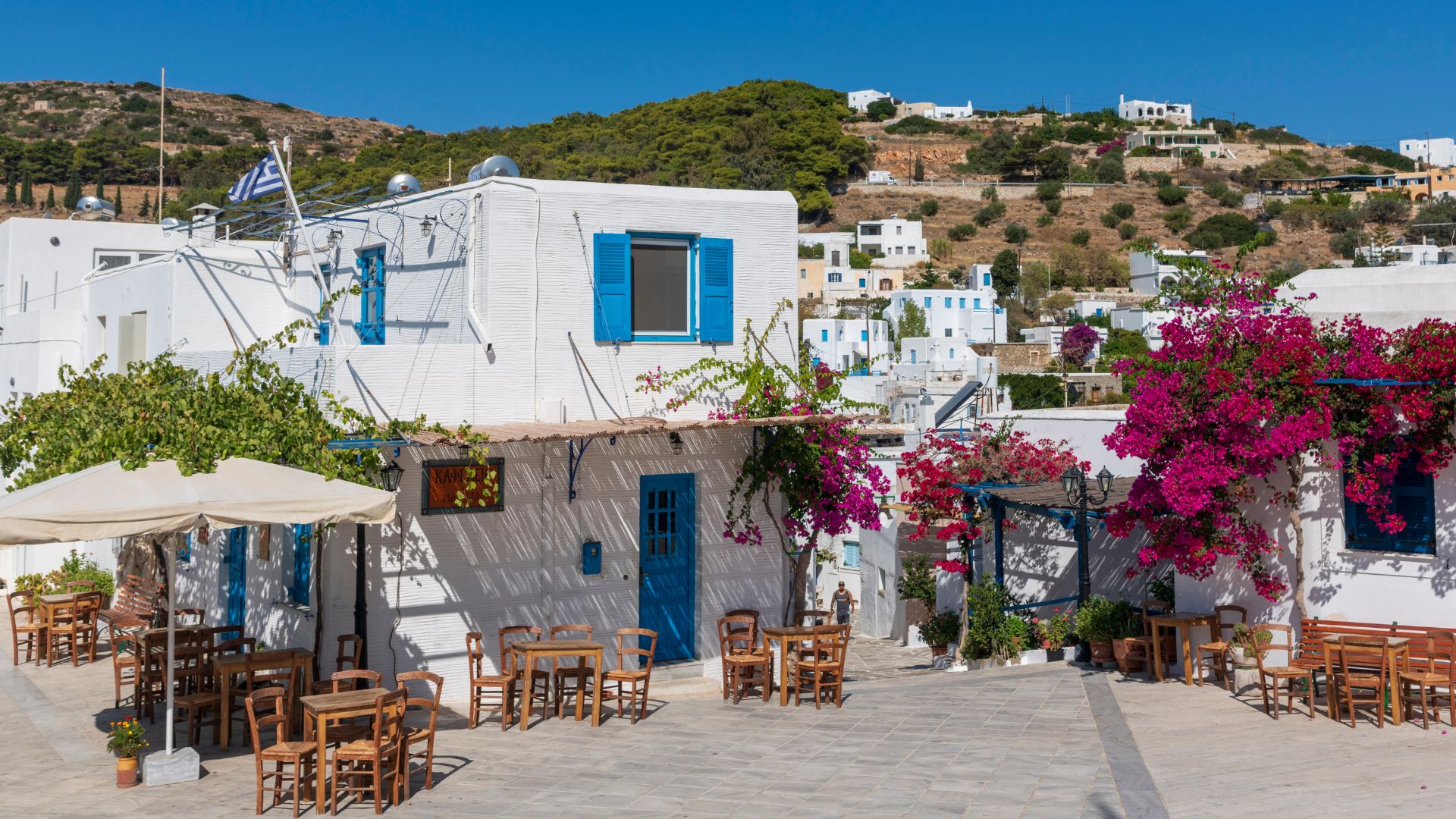
Discovering Lefkes: Paros’ Mountain Oasis
Hidden away in the hills of Paros, Lefkes is a true gem, far from the island’s crowded coast. Its cobblestone streets, old architecture, and peaceful scenery made me feel like I’d stepped back in time.
The Heartbeat of Traditional Greek Island Life
In Lefkes, the pace of life moves gently. Whitewashed houses cluster together, their blue shutters popping against the bright Aegean sun.
Flowers spill out of balconies and over stone walls.
Locals greet each other on their way to the bakery or shops. Family-run tavernas draw you in with the smell of grilled meats and fresh bread.
Everywhere, I felt a strong sense of community and pride in tradition.
Some highlights of village life I noticed:
- Villagers selling homemade olive oil and honey
- Tiny alleyways hiding pottery shops
- Older residents weaving baskets and swapping stories outside
The vibe here stays calm, so different from the busier parts of Paros. Church bells from Agia Triada, the village’s beautiful white church, ring out across the rooftops.
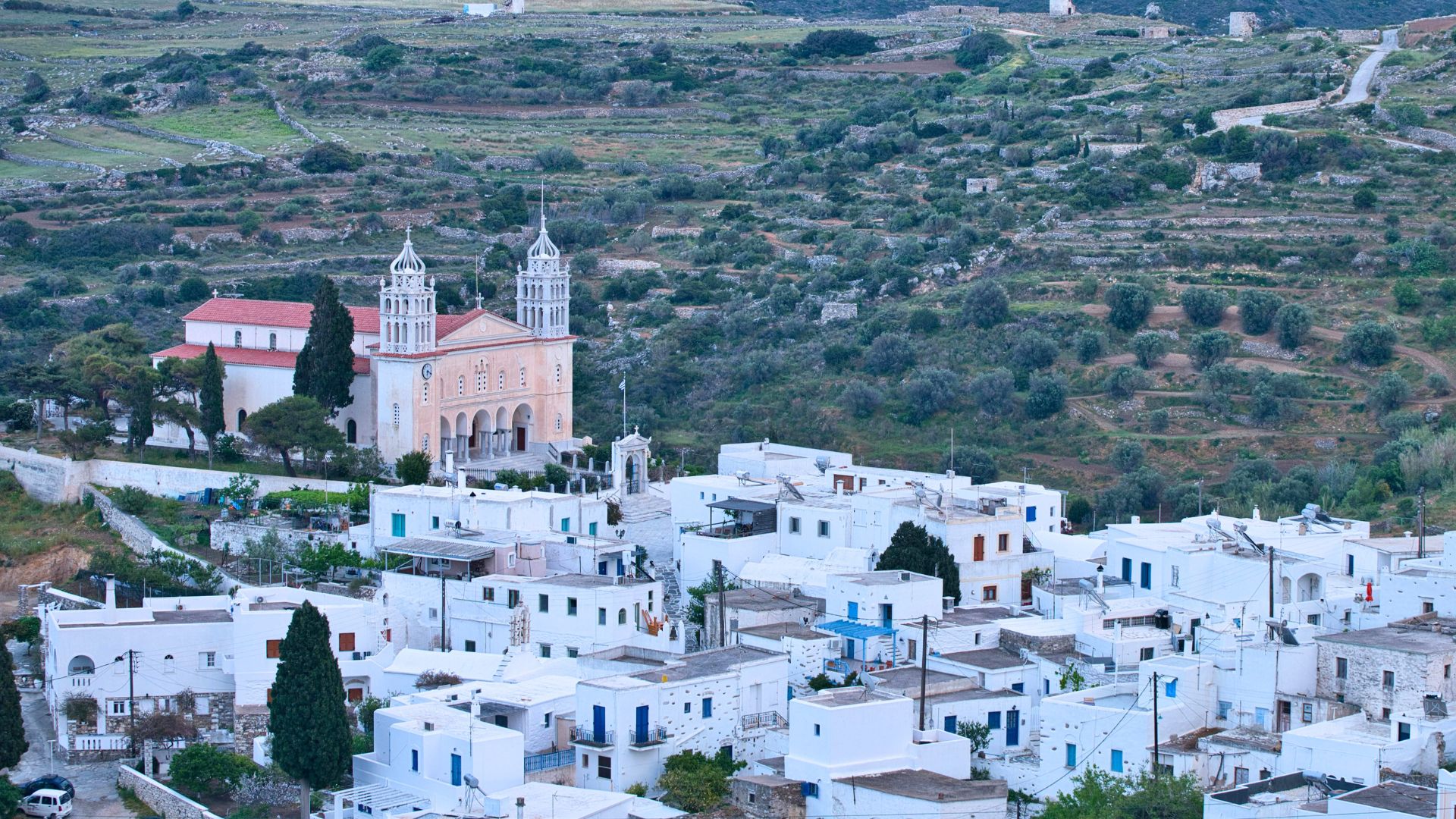
How Lefkes Differs from Parikia and Other Paros Villages
Lefkes feels so much more peaceful than Parikia, the main port. Parikia bustles with ferry crowds, seafront bars, and shops, but in Lefkes, I found stillness even in the afternoon.
The mountain setting changes everything—the air, the views, the mood. Instead of sandy beaches, Lefkes opens up to hills and the blue of the Aegean Sea.
I loved grabbing coffee at a café terrace just to stare at the scenery.
There’s no rush from tourists here. I wandered the maze of lanes without bumping into crowds.
The houses keep their authentic look, with centuries-old details and a touch of Byzantine style.
A quick look at the differences:
| Lefkes | Parikia & Coastal Villages |
|---|---|
| Mountain views | Sea views |
| Calm, quiet | Lively, busy |
| Traditional homes | Modern hotels and new shops |
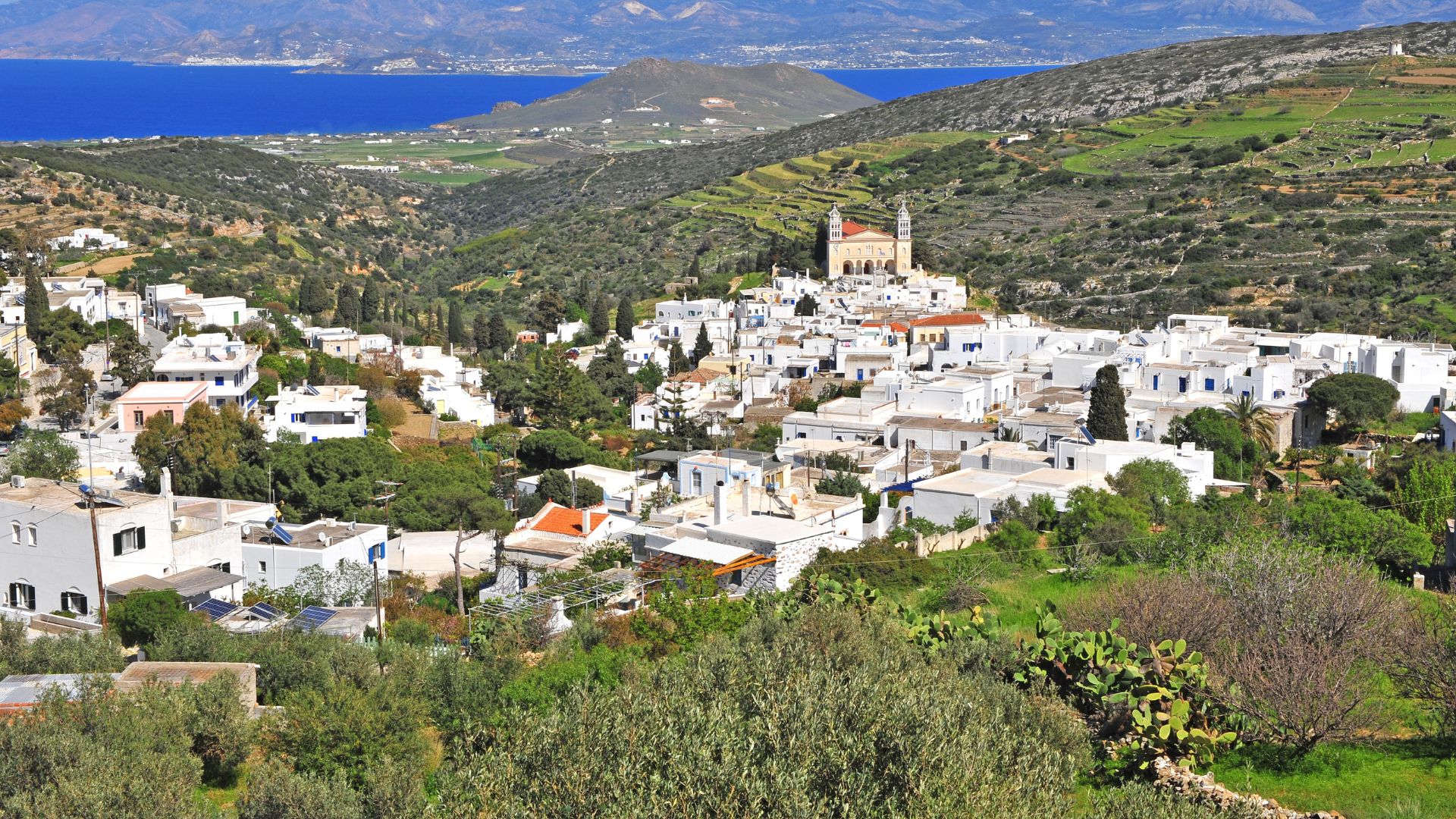
Why Lefkes Feels Worlds Away
Standing in the main square, I felt completely removed from modern tourist spots. The distance from the coast—the center of most Greek island trips—keeps Lefkes untouched by big hotels or souvenir stalls.
Time just slows down here. Olive groves, pine trees, and hills surround the village, not beach umbrellas or noisy bars.
With every step, I heard gravel crunching and, somewhere in the distance, goat bells—not traffic or nightlife.
The mountain air felt cooler, cleaner, and less sticky than by the sea. Sunsets brought softer light and huge skies, with the Aegean shining beyond fields and rooftops.
If you’re after authentic island life, quiet corners, and a break from tourist crowds, Lefkes shows off a side of Paros that’s honestly hard to find elsewhere.
Cycladic Architecture and Whitewashed Charm
Lefkes dazzles with its white houses, blue-trimmed windows, and winding paths lined with gardens and ancient olive trees. From historic churches to Venetian echoes, every corner shows off classic Cycladic beauty shaped by centuries of tradition.
Exploring Winding Alleyways and Stone Paths
I wandered through Lefkes’ narrow alleyways, twisting and turning like a quiet maze. Each path is paved with polished stones—laid by hand, generation after generation.
Sunlight slips over the smooth stones, throwing sharp shadows against the white walls.
The houses might be small, but they’re bursting with character. Blue shutters, window boxes full of red and pink flowers—it’s all so vivid.
Sometimes, I spotted cats napping under fig trees or neighbors pausing to chat.
Benches and tiny squares gave me places to rest, with views opening onto the valley below, dotted with olive groves.
These stone paths connect everything: gardens, bakeries, even the main square where life drifts along at its own pace.

Historic Churches and Venetian Influences
Right in the heart of Lefkes stands the Church of Agia Triada, a big whitewashed building with carved marble details. I stepped inside and noticed icons glowing in the candlelight, the air heavy with history.
Small chapels pop up all over the village, each with blue domes or colorful mosaics.
You can feel the Venetian influence, too. The remains of old walls and stones hint at a time when outsiders shaped Paros.
Exploring the backstreets, I found cobbled lanes pressed against bits of an old Venetian castle.
Buildings here often mix Cycladic style with touches from Venetian craft. Round arches, secret courtyards, weathered stone—every church and home tells its own story.
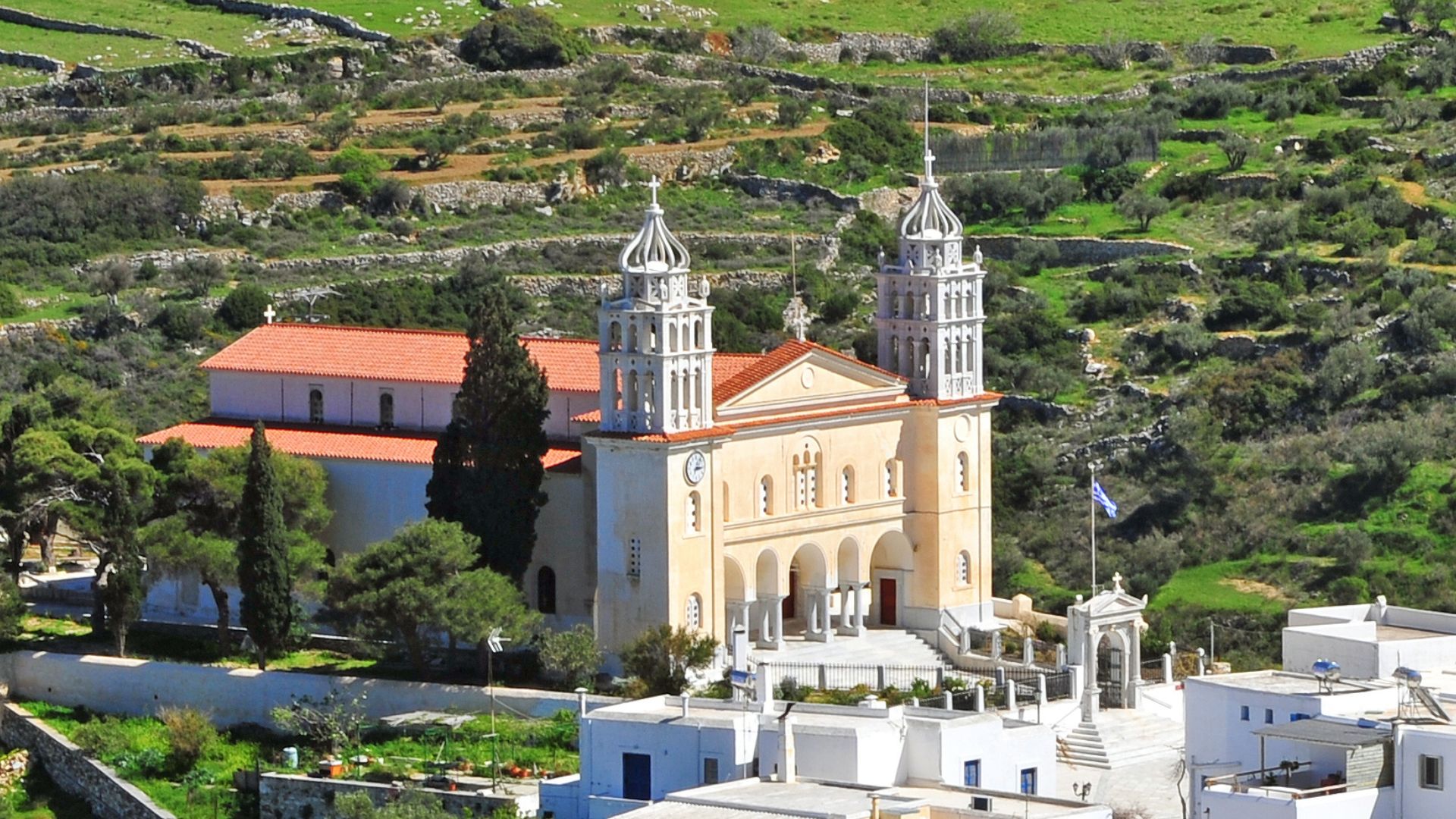
Olive Groves and Blossom-filled Gardens
Outside many homes, gardens spill over stone fences. The air smells like jasmine, basil, and citrus.
Ancient olive trees, twisted and wise, shade painted patio chairs and mosaic-topped tables.
I wandered past neat rows of vegetables and spotted pomegranate trees heavy with fruit.
People here look after their gardens with real care, growing herbs and veggies next to classic blooms.
In spring, wildflowers burst between the stones, painting everything in color.
It’s not rare to see chickens scratching around or a dog snoozing under an orange tree. Nature is just part of life here.
Garden paths, framed by old olive trees, tie together modern Lefkes and its rural roots, making every stroll a walk through living history.
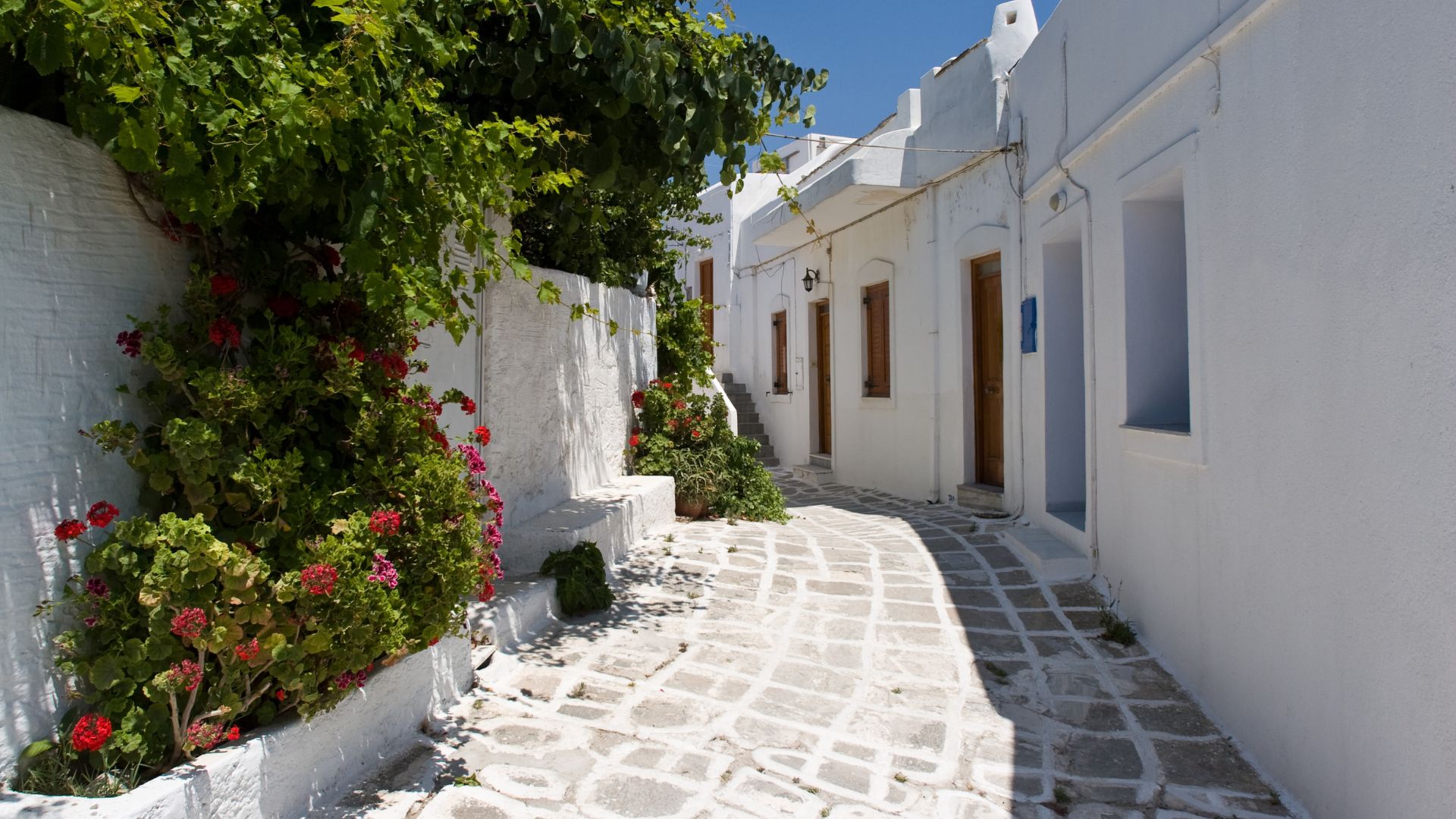
Immersing in Village Life: Things to Do in Lefkes
Every corner of Lefkes gives you a new way to connect with the island’s roots. As I wandered the paths, I found experiences that went far beyond just sightseeing.
Hiking Trails Through the Aegean Landscape
Right at the edge of Lefkes’ main square, I found old stone trails waiting. The most famous is the Byzantine Road, winding through olive groves and fields down to Prodromos.
Hiking here felt like stepping into the past. The hills roll out to the blue Aegean, and sometimes you catch a glimpse of sandy beaches far away.
It’s so quiet—just birds and the occasional bleat of goats.
I met locals tending gardens, their stone houses bright against the hillside.
A few hiking tips:
- Head out early; the sun gets strong by midday.
- Bring water and a hat.
- Wear good shoes—the stones are slippery after rain.
If you love nature, this is the way to see the landscape and village life up close.
Sampling Local Olive Oil and Greek Cuisine
After walking, I found myself hungry and drawn to a taverna shaded by old trees. Lefkes is known for its fresh olive oil, pressed right from local groves.
The bread comes rustic and warm, perfect for dipping.
Menus here brim with handmade specialties: moussaka, local cheese, and fresh fish from nearby waters.
Some spots serve meze—small plates for sharing—so you can try a bit of everything.
One of my favorite memories was tasting olives straight from the barrel and chatting about the harvest.
The owner told me that families here press their own oil. It tasted so vibrant and full—nothing like what I’d had at home.
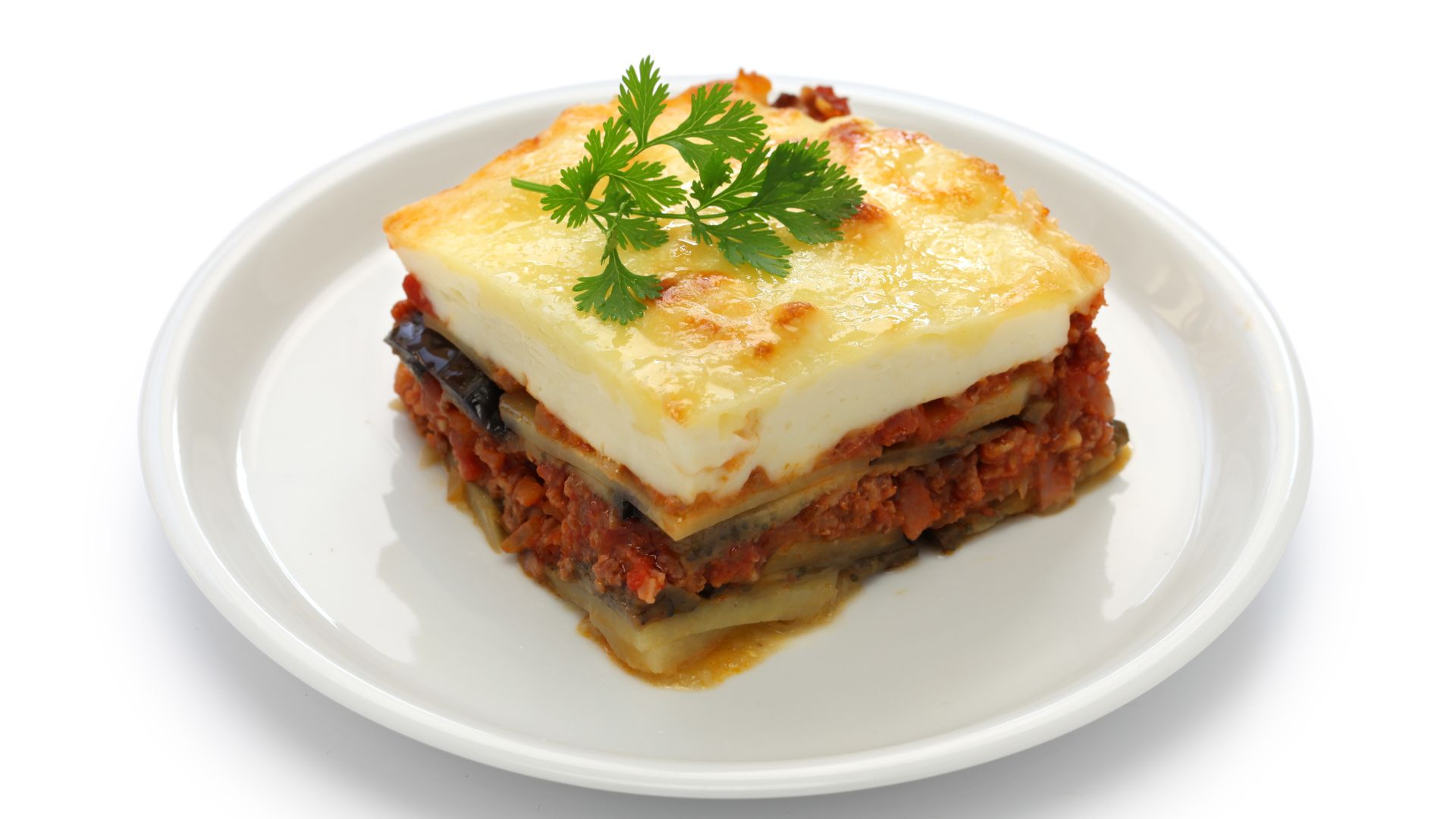
Shops and Artisanal Boutiques
The narrow, car-free lanes are lined with little shops selling ceramics, jewelry, and herbs. I couldn’t resist browsing; every shop felt different.
Local artists make most of the goods: hand-painted plates, woven baskets, olive oil soaps.
Looking for gifts? These shops are packed with handmade treasures.
I picked up a small blue-and-white bowl, its pattern inspired by the sea—a perfect souvenir.
Some boutiques show off both traditional crafts and modern designs. Shopping here feels relaxed, not rushed.
A couple of tips:
- Bring cash; not every shop takes cards.
- Ask about the maker—shop owners love sharing the story behind each piece.
Where To Stay: Accommodation in Lefkes Village
Staying in Lefkes isn’t just about booking a room—it’s about choosing an experience. Some hotels offer amazing mountain views, traditional Greek charm, and local food that makes you feel like you’re somewhere special.
Lefkes Village Hotel and Boutique Options
I stayed at Lefkes Village Hotel, right on the edge of the main square. The hotel stands out for its Cycladic architecture—whitewashed walls, curved arches, and shutters in bold colors.
My room had a private balcony, and each morning I woke to views of rolling hills.
If you want something smaller, a few boutique guesthouses are scattered through the village. Most are run by local families, and you’ll probably be greeted by name.
Rooms are simple but spotless, decorated with handmade crafts and local art.
Forget about big chain hotels—every place here feels unique and cared for.
I loved how everything was just a short stroll to cafés, bakeries, and quiet streets where locals smile and say hello.
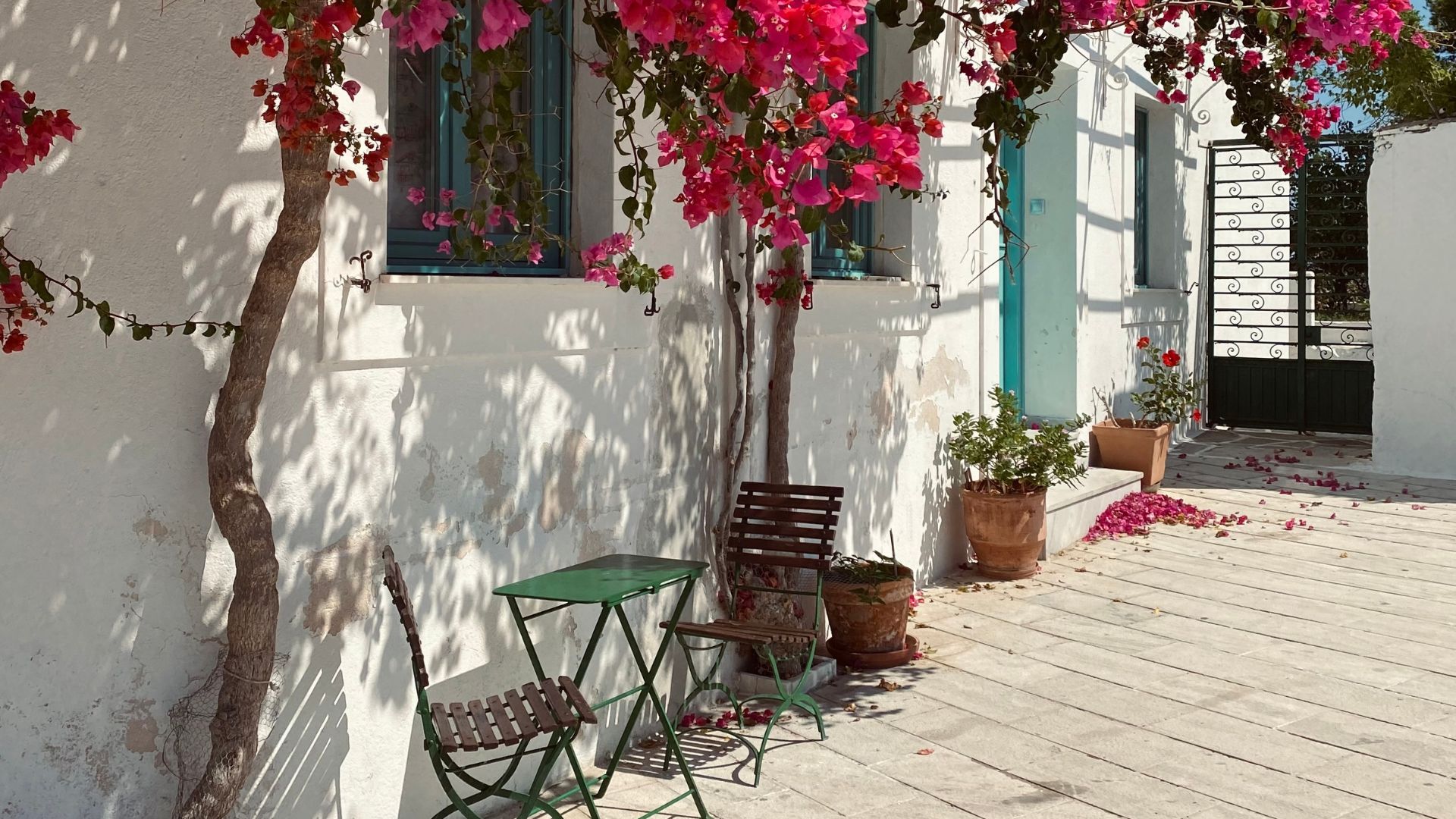
Mountain Views, Pools, and Gardens
One of my favorite parts of staying in Lefkes was waking up to those incredible mountain views. From my balcony, I saw the white village tucked against green hills, the sky always clear and bright.
Many places offer outdoor seating or terraces that face the hills.
The Lefkes Village Hotel has an outdoor pool surrounded by olive trees and flowers. I spent lazy afternoons there with a book, listening to birds and the soft splash of water.
Some spots have small gardens where you can relax with a glass of wine as the sun sets.
While not every hotel has a sauna, honestly, the fresh mountain air after a swim felt better than any spa.
Check each property’s amenities before you book. If you want a pool, garden, or panoramic view, it’s worth asking about.
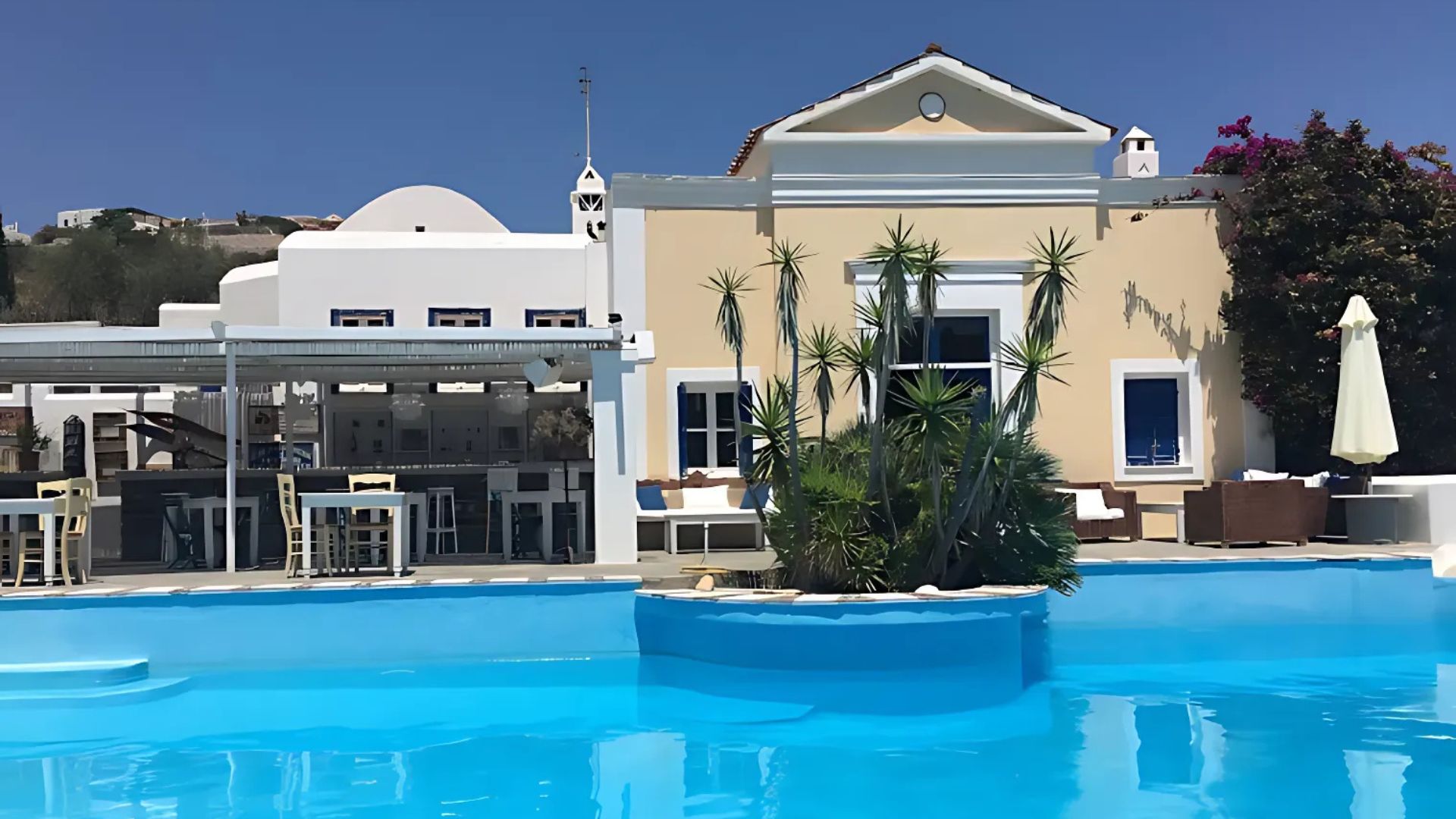
On-Site Restaurants and Buffet Breakfast
One morning, I enjoyed a buffet breakfast at the hotel’s restaurant. Homemade bread, local honey, Greek yogurt, and warm pastries—everything tasted fresh.
Having breakfast just steps from my room meant I could relax before heading out.
A lot of hotels in Lefkes, especially Lefkes Village Hotel, have their own restaurants. Menus often focus on Paros recipes using local ingredients.
Dinners feel cozy, with friendly service and tables on a terrace or in a snug dining room.
A typical day for me started with fresh fruit at breakfast, a stroll through the village, and a relaxing dinner of grilled fish or moussaka right on site.
If you want convenience and real local flavor, on-site dining is a huge plus.
Planning Your Perfect Paros Adventure
Heading to Lefkes and Paros takes a bit of thought—figuring out your route, timing, and ways to see more of the Cyclades in one go. A little planning goes a long way, especially if you want to get from Athens to quiet mountain villages and hop between famous Greek islands without any hassle.
Getting to Lefkes: From Athens to Paros
When I mapped out my trip from Athens, I kicked things off with stops at iconic sites like the Parthenon. I squeezed in a day trip to Delphi before finally heading to Paros.
Most travelers take the ferry from the port of Piraeus in Athens. High-speed ferries zip you to Paros in about three hours. Regular ferries take a bit longer—closer to four or five hours.
Booking ferry tickets online felt pretty straightforward for me. I’d say lock them in a few weeks early, especially if your schedule’s tight.
Paros also has a tiny airport with flights from Athens. That’ll save you some time, but honestly, the ferry just feels more scenic and authentic.
After arriving at Paros’ main port in Parikia, you can reach Lefkes with a short drive or a bus ride up into the hills. I went with a rental car, but the local buses run reliably, especially during summer.
| Mode of Transport | From | To | Duration | Notes |
|---|---|---|---|---|
| Ferry | Athens (Piraeus) | Paros | 3-5 hours | Book ahead in summer |
| Flight | Athens (ATH) | Paros | 40 mins | Limited flights; check schedules |
| Bus/Car | Parikia | Lefkes | 20 mins | Buses run several times per day |
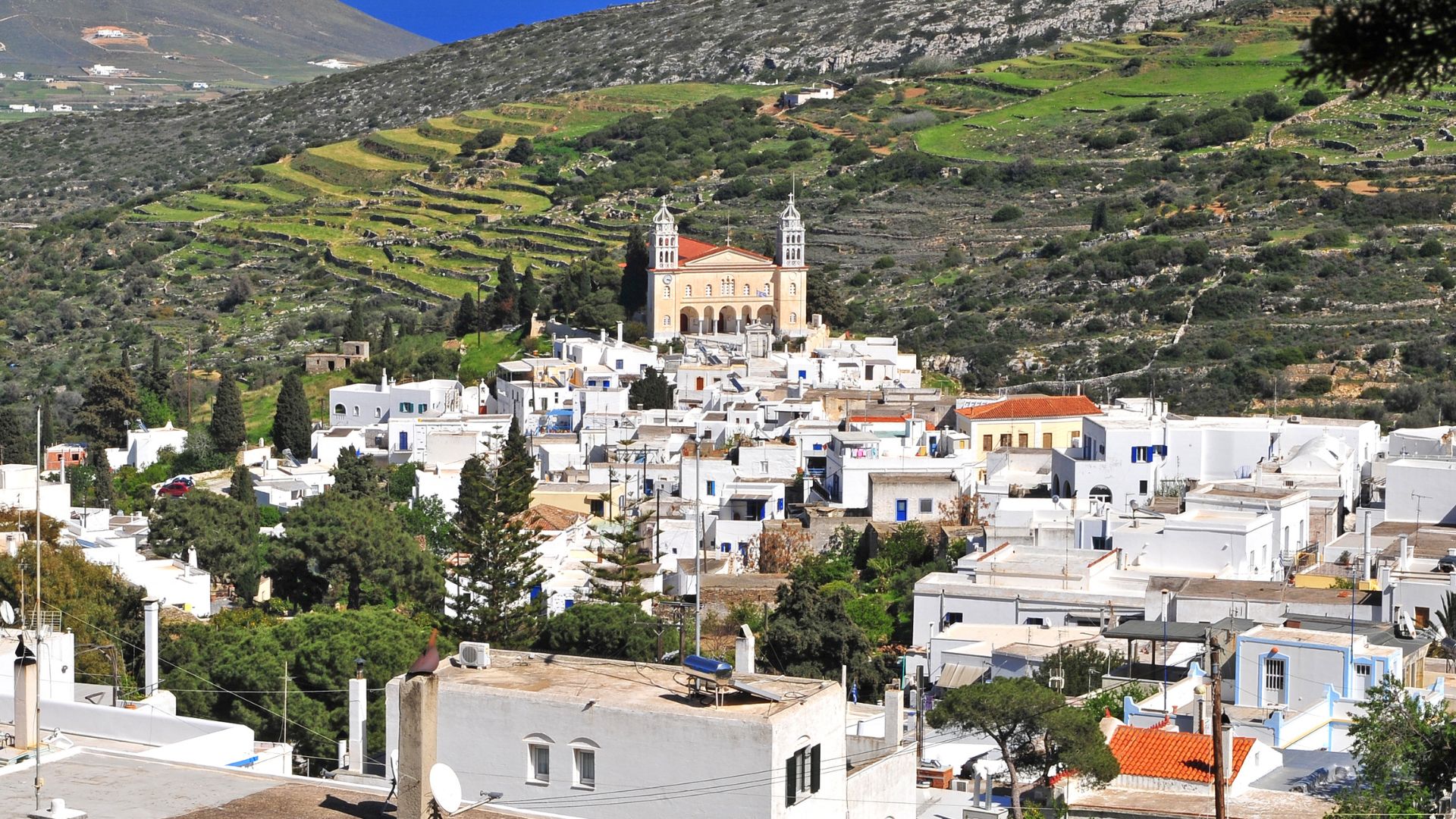
Island-Hopping Ideas: Naxos, Mykonos, and Santorini
Once I settled into Lefkes, my mind wandered to the neighboring islands. Paros sits in a great spot for a bit of island-hopping.
Naxos is just a short ferry away. It’s bigger, greener, and packed with ancient sites. If you’re into mountain villages or want to try some traditional cheeses, Naxos is a solid pick.
Mykonos comes to mind next—famous for nightlife and pretty beaches. Ferries head there daily, and even more often in the summer. I loved getting lost in the maze-like streets of Mykonos town, even if it was just for a few hours.
Santorini is a bit farther but still doable for a day trip or an overnight. Those volcanic cliffs and the whitewashed houses of Oia? They never get old.
If you’ve got extra time, plan your stops and ferries based on what you want to do. Paros works well as a central hub. With plenty of ferry operators, you can keep your schedule flexible.
- Popular Hopping Routes:
- Paros → Naxos: 45 mins
- Paros → Mykonos: 1 hour
- Paros → Santorini: 2 hours
Tip: Ferry schedules shift with the seasons, so double-check times a few days before you go.
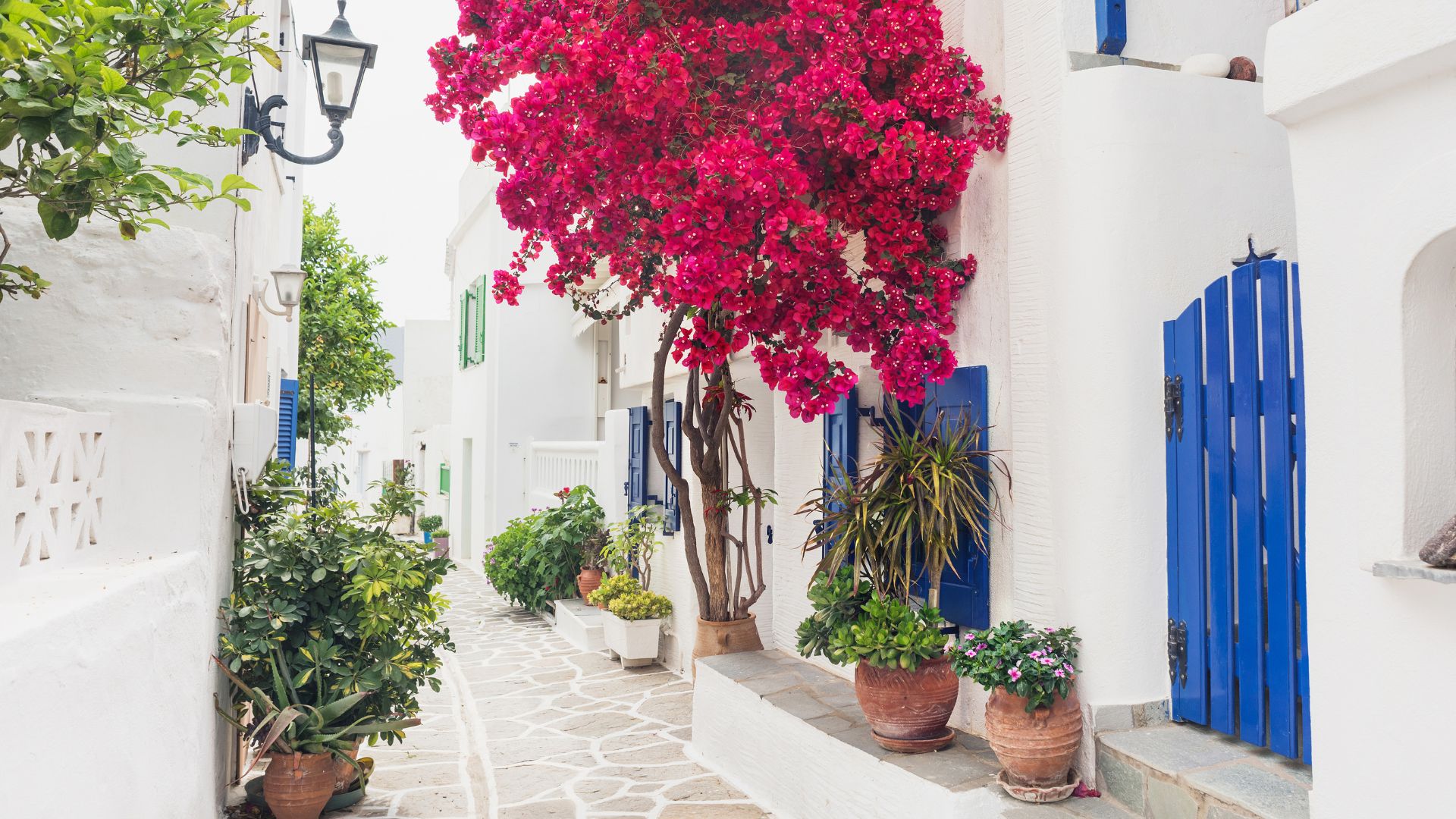
When to Visit: Spring Festivals and Summer Sunshine
The timing of your trip really changes everything, from ferry crowds to local events. I found that spring feels especially lovely.
Wildflowers pop up all over the hills around Lefkes. The village bursts into life with traditional festivals.
I managed to catch part of the spring festival in May. Locals handed out food and played music right in those narrow streets.
If you want to swim and soak up long, sunny days, the summer months—June to early September—are your best bet. Beaches get busy, and every shop and taverna seems to stay open late.
When I visited in early June, the weather felt warm, but the big crowds of July and August hadn’t arrived yet.
If you’re after a quieter vibe, late September and even early October still offer great weather. Fewer tourists show up, which honestly feels like a bonus.
Planning a trip to Paros gets me excited every time. The natural beauty, local traditions, and easy access just stick with me—maybe that’s why I keep daydreaming about going back.

